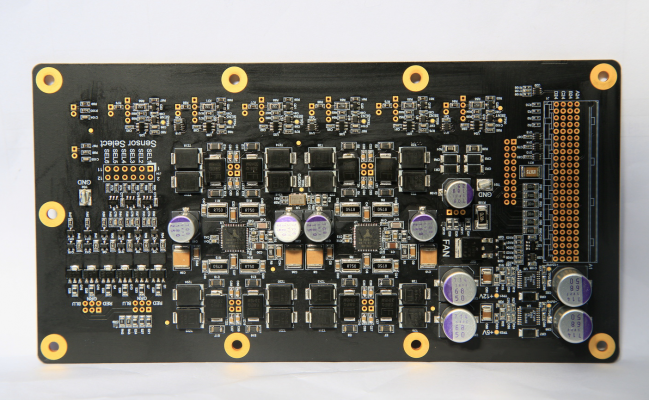The Method of Replacing SMD Components In SMT Repair
In SMT repair, SMD Component is one of the materials that have more contact. In SMT Assembly, SMD components need to be replaced from time to time. It seems very simple to replace SMD components, but there are still many tricks. If we don’t pay attention to, it is still quite troublesome to operate. In order to ensure product quality, we need to replace SMD components in strict accordance with relevant requirements.

First of all, we need to prepare an electric soldering iron that is connected to the ground and the temperature can be controlled before performing the operation of replacing the chip components in SMT repair. The width of the soldering iron tip must match the size of the metal end face of the SMD component, and the soldering iron need to be heated to 320 degrees Celsius. In addition to the electric soldering iron, we also need to prepare basic tools such as tweezers, tin strips, fine low-temperature rosin, and soldering wires.
When replacing SMD components, we can directly put the heated soldering iron tip on the upper surface of the damaged component, and then wait until the solder on both sides of the SMD component and the adhesive under the component are melted by high temperature, at this time, we can use tweezers to remove the damaged component directly. After removing the damaged component, we need to use a de-tin strip to suck up the remaining tin on the circuit board, and then wipe the adhesive and other stains on the original pad with alcohol.

BTW, during PCB Assembly, usually only a proper amount of solder is applied to one pad on the circuit board; then the component is placed on the pad with tweezers. In order to quickly heat the tin on the pad, the molten tin contact SMD component need to be placed on the metal end, but there is another point that need special attention, do not let the soldering iron tip directly touch the component.
Generally, as long as one end of the newly replaced SMD component is fixed, the other end can be soldered. It is necessary to heat the pad on the circuit board and add an appropriate amount of solder to form a bright arc surface between the pad and the component end surface. However, it should be noted that the amount of solder can not add too much, otherwise the molten solder will flow under the component and cause the pad short-circuit. Just like the other end of the soldering, the remaining end can only allow the molten tin to dip into the metal end surface of the component. Let the tip of the soldering iron touch the component to complete the entire replacement process.

More PCB & PCBA Articles:
1.Seven Steps To Ensure PCBA Project Good
2.Why Has the Trend of FCT Replacing ICT During PCBA Test?
3.What’s The Principle of PCBA Test?
4.Why More and More Customers Choose PCBA One-Stop Service
